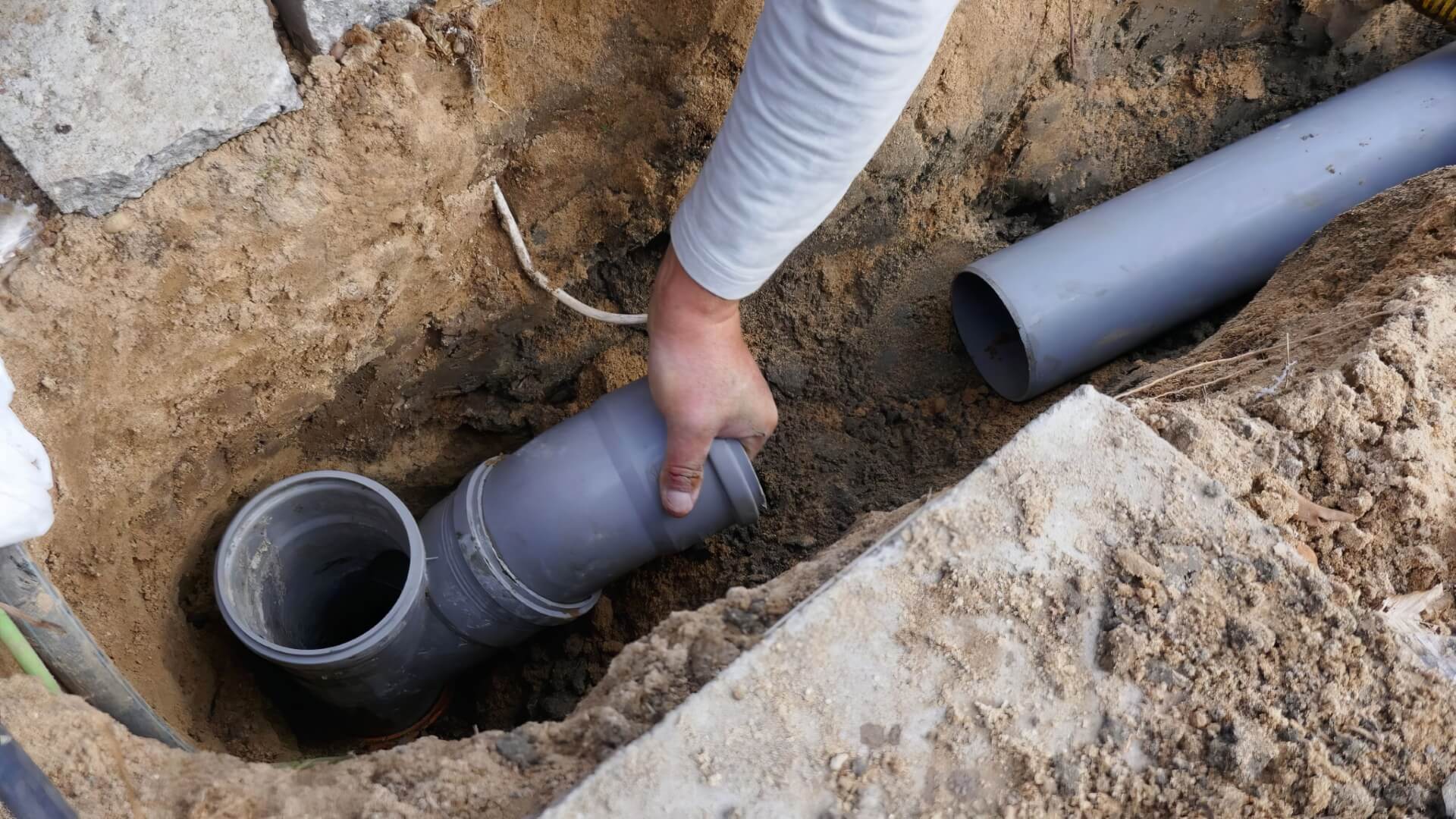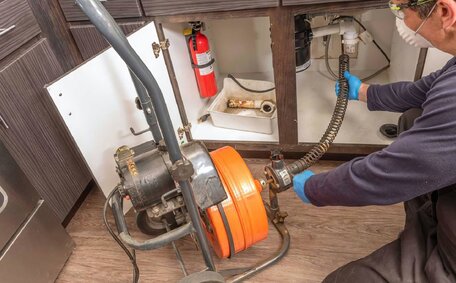Introduction to Gas Fitting Regulations in Australia
Installing or maintaining gas appliances in Australia requires specialised training and licencing. Each state and territory has its own regulations and requirements for gas fitting work. In general, permits or licences issued by the relevant authority are mandatory.
At Drummoyne Plumbing, we are fully licenced and accredited gas fitters serving the Sydney area. Safety is our top priority, so we stay up-to-date on all regulations and codes. This guide covers the basics of gas fitting rules across Australia.
Licences are needed for most gas jobs, from installing a new gas cooktop to servicing an existing gas heater. Different classes of licences cover various types of work. The requirements aim to ensure all gasfitting is done to high safety standards.
Though the specifics vary between states, the core goals of gasfitting regulations are consistent nationwide. Proper training, adherence to safety codes, and oversight help protect homeowners and prevent accidents. Understanding the permitting process also allows gas projects to move forward efficiently.
Overview of State and Territory Requirements for Gas Work
Licence and permit rules for gasfitting vary considerably between Australian states and territories. However, the aim of regulations is always protecting public safety and ensuring work is completed to code.
In Western Australia alone, over 15,000 gasfitters hold active licences. Requirements relate to areas like:
- Training and assessments
- Classes of work covered
- Fees and renewal periods
- Oversight and compliance checks
Generally, different licence classes authorise certain tasks. Basic licences might cover appliance servicing. Advanced classes are needed for more complex and risky jobs.
Application processes also differ.
In some states, licences are issued by government departments. Industry bodies may also play a role. Most require identity checks, training proof, and assessment.
Renewal periods range from 1-5 years. Renewal periods range from 1-5 years. Proper licencing ensures community safety.
Fees depend on the type of licence, often a few hundred dollars.
Licensing and Permits Needed for Different Classes of Gas Work
Gasfitting licences in Australia are divided into different classes authorising certain types of work. The class determines what jobs a licenced technician can legally perform.
Class A is the broadest and covers unrestricted gasfitting. With this advanced licence, all aspects of natural gas, LPG and Type B gas work are permitted. Class A licences require significant training and assessment.
Class B is a common mid-level licence for routine gasfitting jobs. It authorises most work except Type B gas appliances. Class B licences typically require a certificate III qualification.
Class C is a basic licence covering disconnecting and reconnecting existing gas appliances. Some jurisdictions may restrict Class C work to basic servicing only.
Class D licences are a specialised type issued in Victoria only. They allow disconnection and reconnection of hot water systems by plumbers.
Unlicensed individuals can legally perform basic tasks like turning gas valves on and off. However, fittings, installations and repairs require an appropriate class of gasfitting licence to ensure safety.
Beyond gasfitting licences, planning and building permits may be needed for major gas works. New gas lines or tank installations require council approval. Licenced professionals handle this permitting process.
Applying for a Gas Fitting License
The application process for a gas fitting licence varies between states but generally involves showing proof of qualifications, training and experience. Most applications are submitted to the relevant state gas authority.
In New South Wales, applicants need a Certificate III in Gas Fitting from a registered training organisation. Relevant work experience is also required, withlogged hours submitted as evidence. The application is made online via NSW Fair Trading with a fee of $263.50 for new applicants.
Victorian applicants require either a Certificate III in Gasfitting or recognised equivalent qualifications and experience. Applications are lodged with Energy Safe Victoria with fees starting from $94.10. Evidence of qualifications and a declaration of competency must be provided.
Queensland’s application process is administered by the Plumbing Industry Council with fees from $192. Applications require identity confirmation, trade certificates, logbooks and supervisor declarations. Applicants must pass an assessment covering gas safety standards.
In Western Australia, applications are handled by the Plumbers Licencing Board. Applicants need a Certificate III in Gasfitting and 12 months of practical experience. Fees are $205 and police checks are required.
Licences must be renewed annually.
The application process ensures gas fitters are properly qualified through training and hands-on experience. Class I general licence applications typically require the most supporting evidence. Compliance helps maintain safety standards in gas work.
Renewing a Gas Fitting License
To maintain a valid gas fitting licence in Australia, periodic renewal is required. The renewal period varies between states, but is typically 1-3 years.
Gas fitting licences in WA are typically valid for 3 years before requiring renewal. Renewal periods aim to ensure gas fitters stay up-to-date with changing safety codes and technology.
To renew a licence, an application is submitted along with payment of a fee. Fees range from around $50 to a few hundred dollars depending on the type of licence. Some states may require additional professional development or competency checks.
In Victoria, Type A and Type B gasfitting licences must be renewed every 3 years. Renewal applications are submitted to Energy Safe Victoria. Fees start from $94.10 and applicants declare they have completed CPD activities to stay current.
Failing to renew a licence by the due date can incur late fees or even suspension of the licence. Licenced gas fitters are responsible for monitoring their renewal date and submitting applications on time. Renewal helps maintain high professional standards.
Safety Standards and Procedures for Gas Installations
Strict safety standards and procedures must be adhered to when installing or servicing gas systems in Australia. All work must comply with national and state regulations to prevent leaks, explosions and carbon monoxide poisoning.
The core safety standard is AS/NZS 5601 Gas Installations. This outlines materials, design, construction, testing and commissioning procedures. Key requirements include:
- Using approved materials and jointing methods
- Sizing gas pipes correctly
- Ventilation for appliances
- Leak testing fittings and joints
- Checking pipework is gas tight
Additional state regulations cover areas like certification, inspection, testing and compliance. For example, Victoria’s Gas Safety (Gas Installation) Regulations 2018 require notifications at certain stages to allow oversight.
Safety steps when installing new gas air conditioning systems include:
- Checking appliance compliance plates
- Securing gas cylinders
- Bonding and grounding connections
- Testing pressure and gas escapes
Licenced gas fitters must also follow procedures for existing installations like isolating, purging, reinstating supply and relighting appliances. Correct technique prevents risks.
Adhering to safety standards protects the property, occupants and the public. Gasfitting work has serious consequences if not done properly. Following codes and procedures prevents accidents and ensures longevity of gas systems.
Inspection and Certification of Gas Work
Once gas fitting or installation work is complete in Australia, it must be inspected and certified as compliant by an authorised party. This inspection and certification process helps ensure safety and adherence to regulations.
In most states, a licenced gas fitter can self-certify their own work by submitting a Certificate of Compliance to the relevant authority. This confirms the work meets all required gas safety standards and codes. Some states may require additional third-party inspections for major jobs.
In Victoria, a Compliance Certificate must be lodged with Energy Safe Victoria for most gas installations. The certificate confirms compliance with AS/NZS 5601 and other technical safety requirements. A registered building surveyor inspects and issues compliance for complex or high-risk commercial gas work.
Queensland also requires certain gas projects like large reticulated networks to be independently inspected by a licenced gasfitter. They assess compliance and provide a Certificate of Testing and Compliance.
Beyond gasfitting licences, council approval and building permits are usually needed for major new gas lines or LPG tank installations. These works require separate planning and building certification from councils once complete.
Documenting testing, compliance and inspection gives homeowners confidence their new gas fitting work meets Australian standards. Gas compliance certification also provides important legal protection for gas fitters and their work. Proper certification is a crucial safety measure.
Consequences of Non-Compliance
Failing to comply with gas fitting regulations and safety standards in Australia can have serious consequences. Penalties, legal liability and danger to life make it crucial to only perform authorised work correctly.
Unlicensed gas fitting is illegal and can incur fines up to $22,000 in Queensland and $120,000 in Victoria. Individuals face prosecution, while companies risk being deregistered.
Non-compliant or faulty gas work also exposes gas fitters to major legal liability if it results in damage, injury or death. Homeowners may prosecute for negligence and breach of safety laws.
Most critically, non-compliant gas installations endanger occupants and the public. Faulty materials, inadequate ventilation or leaks can cause fires, explosions, or carbon monoxide poisoning.
Between 2004-2013, 284 people in Australia died from unintentional carbon monoxide poisoning. Many of these involved faulty gas heaters and stoves.
In 2009, a gasfitter was charged over a gas explosion in NSW that injured siblings. He had failed to perform proper leak detection and pressure tests.
A 2007 explosion that destroyed a home in Brisbane was linked to unlicenced and illegal gasfitting work. Two people were seriously burned.
These examples highlight why gasfitting licences, standards and safety procedures exist. While penalties help deter non-compliance, the primary aim is preventing avoidable deaths and injuries.
Gas compliance rules protect the community, not hinder tradesmen. By understanding requirements and performing legal, quality work, gas fitters keep people safe while building an ethical business.






